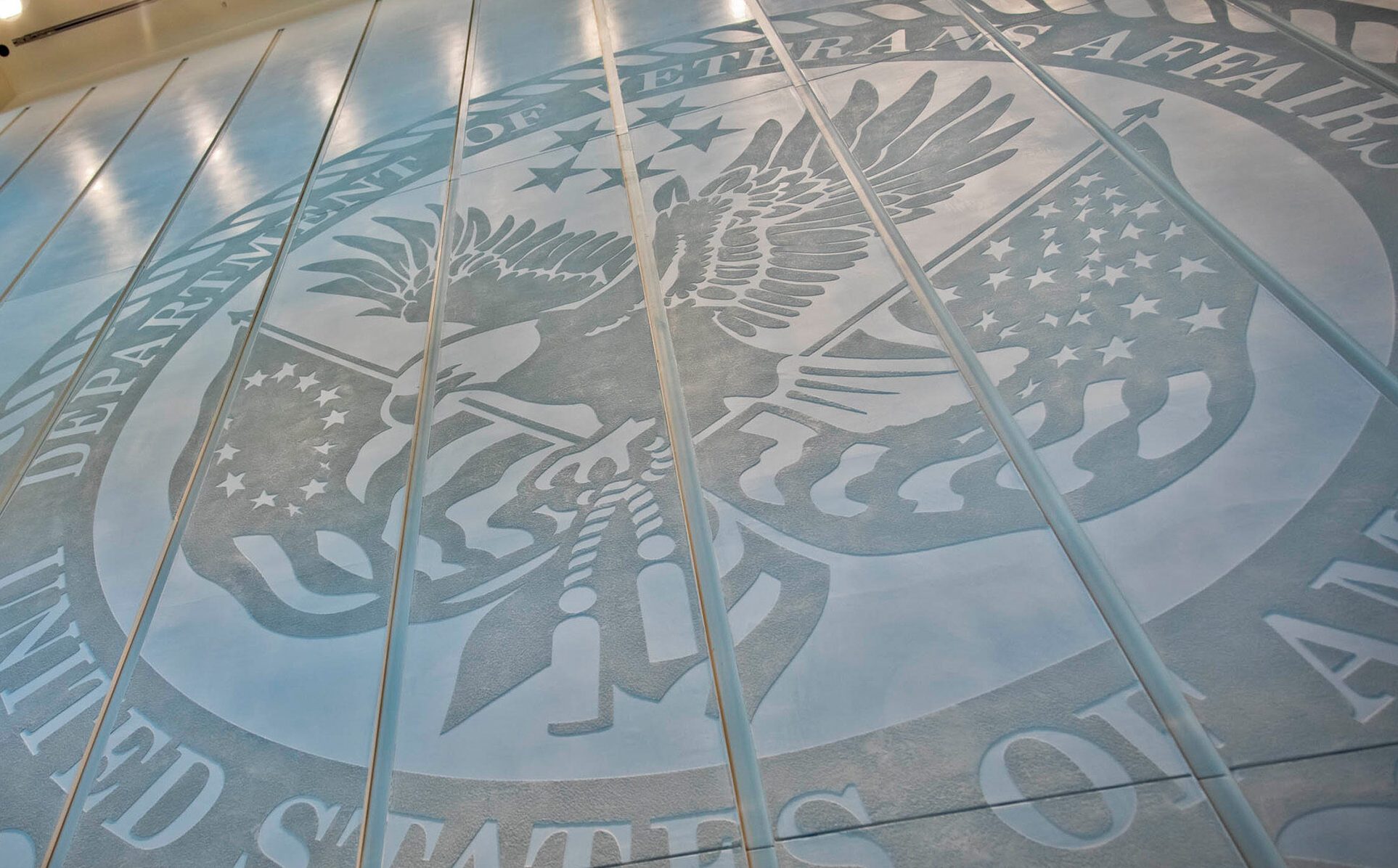Appears In

The COVID-19 pandemic has presented formidable challenges and the Department of Veterans Affairs (VA) is leveraging every possible resource to overcome them. Solutions developed and implemented by VA’s Office of Information and Technology (OIT) have long been crucial to VA’s delivery of world-class care to Veterans. Recently, OIT’s services have been instrumental in helping VA follow national and state physical distancing guidelines while continuing to deliver high-caliber care. At the onset of the pandemic, the Veterans Health Administration (VHA) identified opportunities for OIT to harness new technology and repurpose existing technology to bolster VA’s efforts in the wake of COVID-19. OIT mobilized and began strategizing how to maximize efficiency in delivering care and protecting the health of clinicians, while protecting patients’ Personally Identifiable Information (PII) and Personal Health Information (PHI).
A key tool in combatting this pandemic is the tele-critical care system, which allows intensive care units (ICUs) in VA Medical Centers (VAMCs) and clinics to access a team of physicians and nurses with critical care medicine expertise. The tele-critical care system (previously known as the tele-ICU system) includes mobile carts that allow tele-critical care team members to remotely monitor and assess patients, in concert with the bedside care team. The carts enable both the bedside care team and the tele-critical care team to immediately alert each other whenever a situation requires their joint intervention.
OIT joined forces with VHA’s Office of Healthcare Technology Management (HTM) to expand tele-critical care capabilities, allocating at least one tele-critical care cart to every 10 ICU beds. Prior to COVID-19, the IT security framework at VA sites required Biomedical Engineering and IT support each time a VHA clinician or staff member connected or disconnected a cart to the VA network. While secure (meaning a person could not just connect any device to an open network jack; they would need to contact IT to have the device enabled to actually use that network jack), this approach limited the mobility of the carts and VHA’s ability to fully adapt to changing circumstances during the pandemic.
Instead of reinventing the wheel, OIT reworked an existing solution — dynamic port security configuration—that had been successfully developed for the Veterans Benefits Administration (VBA) and deployed in fall 2019. VBA teleworkers periodically use on-site docking stations to access the VA network, but the otherwise effective network security setting prevented docking stations from recognizing VBA teleworkers’ laptops as authorized devices. Once OIT reconfigured security settings for roughly 6,500 workspaces in more than 50 VBA Regional Office locations, VBA teleworkers were able to access the VA network immediately when on-site — without IT intervention.
OIT immediately recognized the parallels between VBA’s issue and the tele-critical care cart mobility challenges that VHA faced. Pairing up with HTM, OIT began rapidly leveraging the many lessons learned to support mobility of all wired devices, with a priority focus on VHA’s tele-critical care carts. VHA clinicians and staff recognized the immediate impact of the technology and the future possibilities it unlocked. “The work that was completed with dynamic ports is going to be very helpful for all clinical entities, even beyond ICUs!” noted Sherrie Schuldheis, PhD, RN, CENP, Special Assistant, ADUSH Clinical Operations.
Dynamic port security works by first creating an index of recognized medical devices at a VAMC. Once the IT staff creates this index, registered medical devices are then automatically identified and approved for use when plugged into the network. This simple solution allows VHA Biomedical Engineering staff to quickly and easily reconfigure the layout and composition of critical care-capable beds anywhere in the VAMC without direct assistance from IT staff. Clinical staff can then use tele-critical care carts to remotely monitor or co-manage patients. VHA staff were pleased with the coordinated and comprehensive rollout of both the software and hardware solutions and the reduced need for IT intervention. Additionally, VHA and OIT staff can redirect this saved time to improving customer experience instead of reconfiguring devices. Claibe Yarbrough, National Program Director of Pulmonary and Critical Care Medicine at VA, wholeheartedly embraced this solution, remarking that “the initiation of dynamic port security is a true labor-saving process. It prevents needless non-clinical hassles associated with ICU care, thereby making us more efficient.”
VHA’s Healthcare Technology Management team coordinated the deployment of 225 tele-critical care carts to 82 critical priority sites around the country. In parallel, Biomedical Engineering and OIT prepped the tele-critical care sites by configuring dynamic port security, at an average rate of two sites per day, and completed the initial 82 priority sites receiving carts by mid-June. Since then, OIT has configured dynamic port security for an additional 55 sites, configuring a total of 137 tele-critical care sites, including New York City, New Orleans, and San Francisco—all well ahead of schedule. OIT also obtained enterprise security approval for the carts to access facility Wi-Fi so now the carts can be configured for either wired or Wi-Fi use depending on the site’s needs.
VHA deployed the next set of 25 carts to the additional high priority sites as OIT continued to press on with dynamic port security configuration to complete the last two locations—Greater Los Angeles and VA Central Office — to reach its goal of 139 total sites allowing for future tele-critical care expansion. “Implementation of dynamic port security is a wonderful example of collaboration between HTM and OIT to jointly provide technology solutions to enhance healthcare operations” underscored Kurt Finke, CCE, Director, Office of Healthcare Technology Management. VA surpassed its original goal to have a 1:10 cart-to-bed ratio, achieving 1 tele-critical care cart for every 8 ICU beds (with 1,800 total ICU beds in VA). As this COVID-19-focused tele-critical care effort nears completion, OIT continues to support VHA’s other telehealth efforts as VA combats the pandemic and makes plans for a new post-COVID normal.






